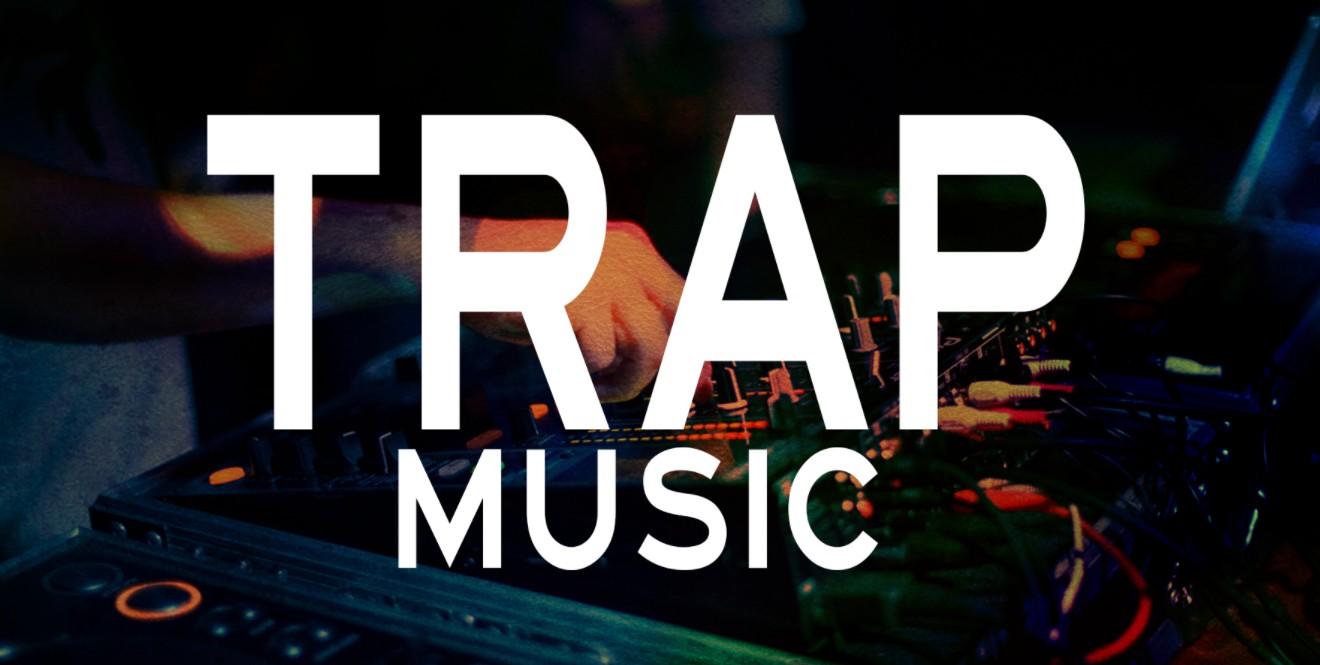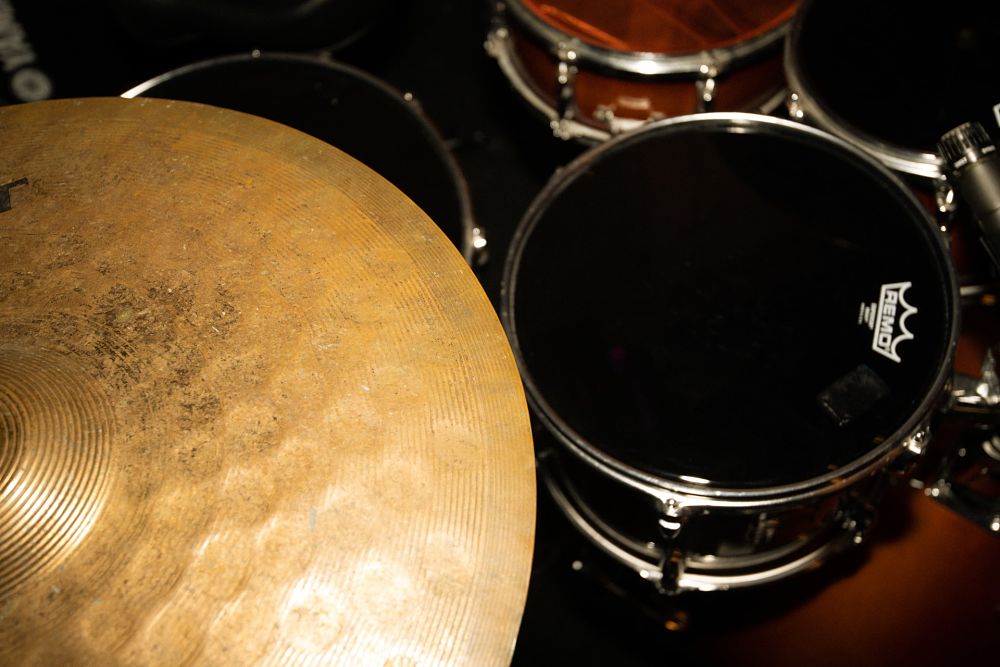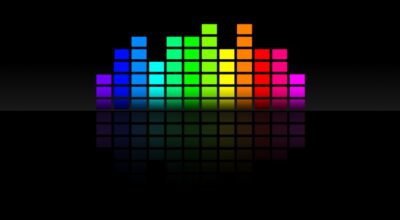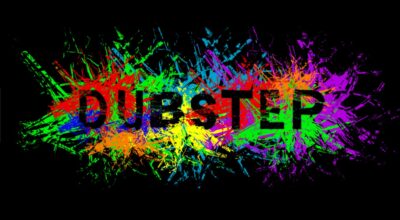For many music enthusiasts, the origins, and evolution of trap music remain a mystery. Questions abound regarding its inception, significance, and the diverse subgenres within the genre. Let’s delve into it together!
Deciphering Trap Music
So, what exactly defines trap music? It blends elements of hip-hop with a distinct sound, often stirring various emotions among listeners. From joy and love to excitement, anger, or sadness, trap music has a dynamic range of expressions. Typically, its sound is lively, rhythmic, and uplifting, making it immensely popular among the youth, who often integrate it into their daily lives.
Drug references are prevalent in trap music, with artists often expressing a sense of liberation while performing. While the association between drugs and music isn’t new, trap artists aren’t the pioneers in incorporating them into their art. At times, trap music can convey aggression, introspection, and deliver a powerful message that’s hard to ignore.

Insight into Trap Culture
Trap music thrives on its insularity, catering to a specific audience and shedding light on social injustices. Despite its rawness, the lyrics and sound can be considered “safe” for a particular demographic, resonating deeply with its listeners.
Tracing the History and Influence
Whether you appreciate its lyrical depth or infectious beats, trap music boasts a rich cultural history. Rapper UGK played a pivotal role in introducing trap music to hip-hop culture with their 1992 release “Pocket Full of Stones” on Def Jam. The song’s inclusion in the movie “Menace II Society” further propelled trap music into the mainstream.
Although the genre emerged in the early to mid-2000s, the term “trap” gained prominence a decade later through Outkast’s track “SpottieOttieOttieDopaliscious.” Rapper Big Boi helped define the term as a place or state of mind reminiscent of a nightclub atmosphere.
Today, trap music’s influence continues to grow both domestically and internationally, captivating a rapidly expanding global audience. It stands as one of the fastest-growing and most impactful subgenres within hip-hop, attracting new fans with each passing day.

Prominent Figures in the Trap Music Scene
When delving into the realm of modern trap music, there are several standout artists worth exploring. Among them, Slowpalace shines as one of the most notable figures, with over six years of music production under his belt. His track “Reflection” stands out as one of his most acclaimed pieces.
Furthermore, his collaboration with 32 Stitches has produced atmospheric and moody compositions that transport listeners to a dreamlike state. Another notable artist in this genre is Party Favor, responsible for numerous chart-topping singles, including the popular remix of Yo Gotti’s work.
Many artists in the trap music scene are African-American, hailing from former slave states. Their songwriting often reflects their personal experiences, addressing the hardships and challenges they’ve encountered along the way.

Defining Traits of Trap Music
Characterized by a dark aesthetic, trap music typically carries a sense of urgency rather than melancholy. Trap musicians are renowned for their deeply personal lyrics, frequently conveying their struggles and triumphs. Consequently, trap music serves as a source of motivation and a unique medium for self-expression.
A defining aspect of trap music is its digital nature, relying on minimal instrumentation and frequently incorporating auto-tuned vocals. The rhythm and melody are crafted to evoke an eerie atmosphere, complemented by sharp and poignant lyrics. Its appeal lies in its accessibility, resonating particularly with young individuals from low-income backgrounds. However, it’s important to note that not all trap music is created equal.
Trap music encompasses any form of hip-hop music featuring rap beats. As a result, trap music lyrics often touch upon themes of misogyny and violence, sometimes incorporating horror-inspired elements and frequent profanity. Additionally, some trap music employs African American Vernacular English (AAVE), which has historical roots in the slave trade.
Conclusion
The trap music industry thrives thanks to the remarkable talents of its artists and the profound impact of their lyrics. These individuals have redefined the significance of trap music within society, reshaping perceptions of what it means to create and perform trap music, not merely as producers but as storytellers.

